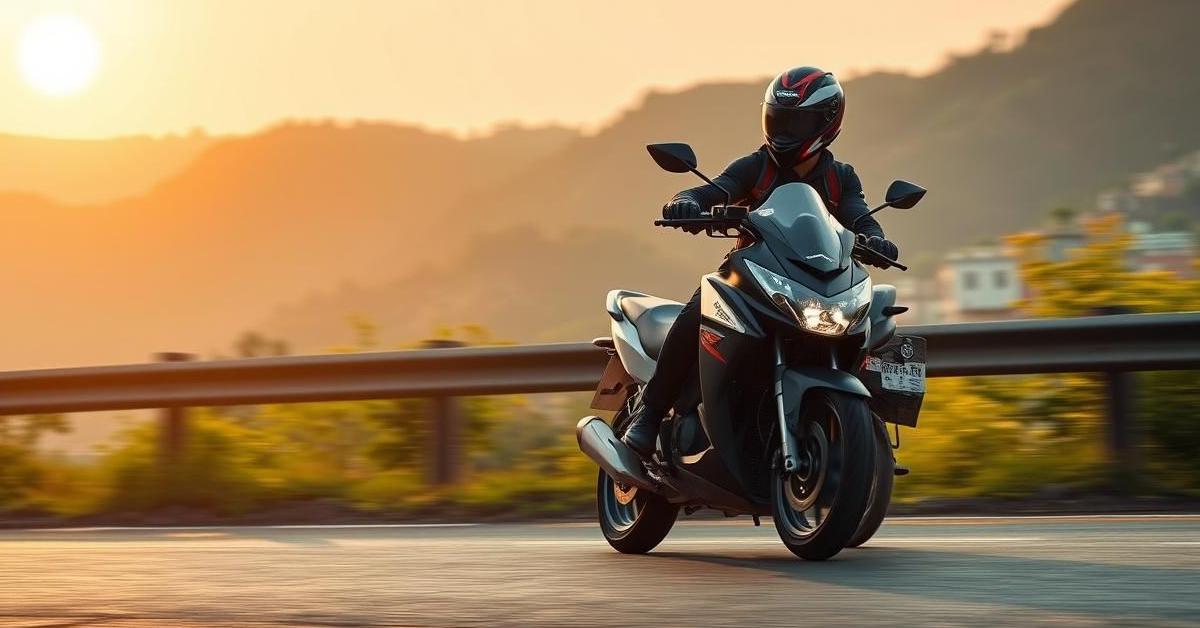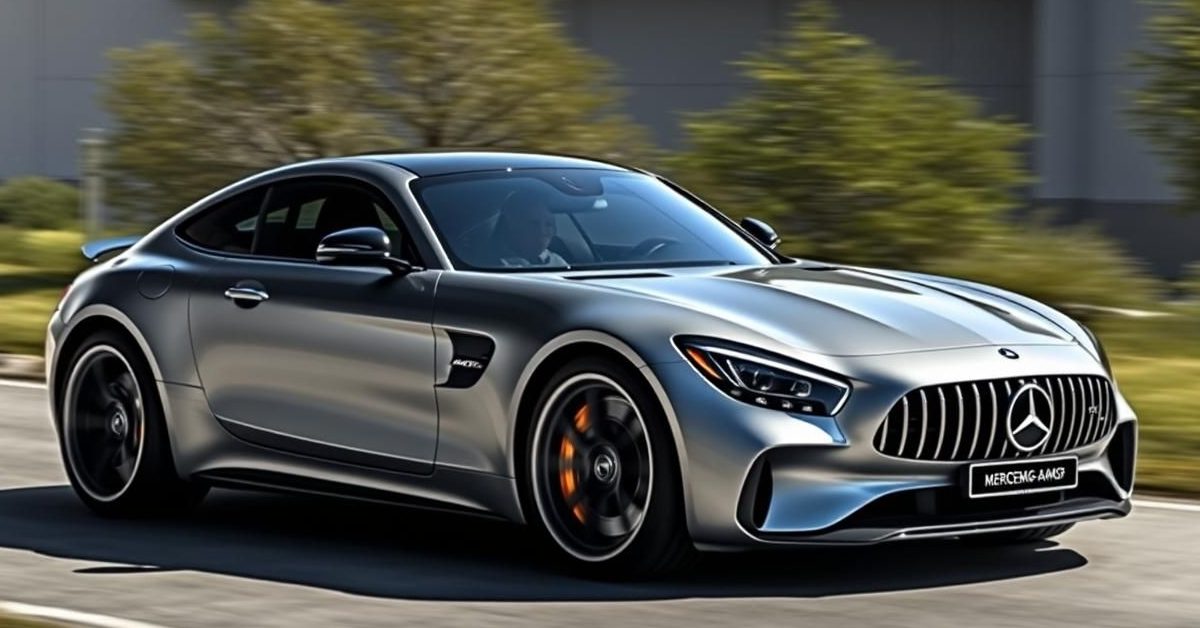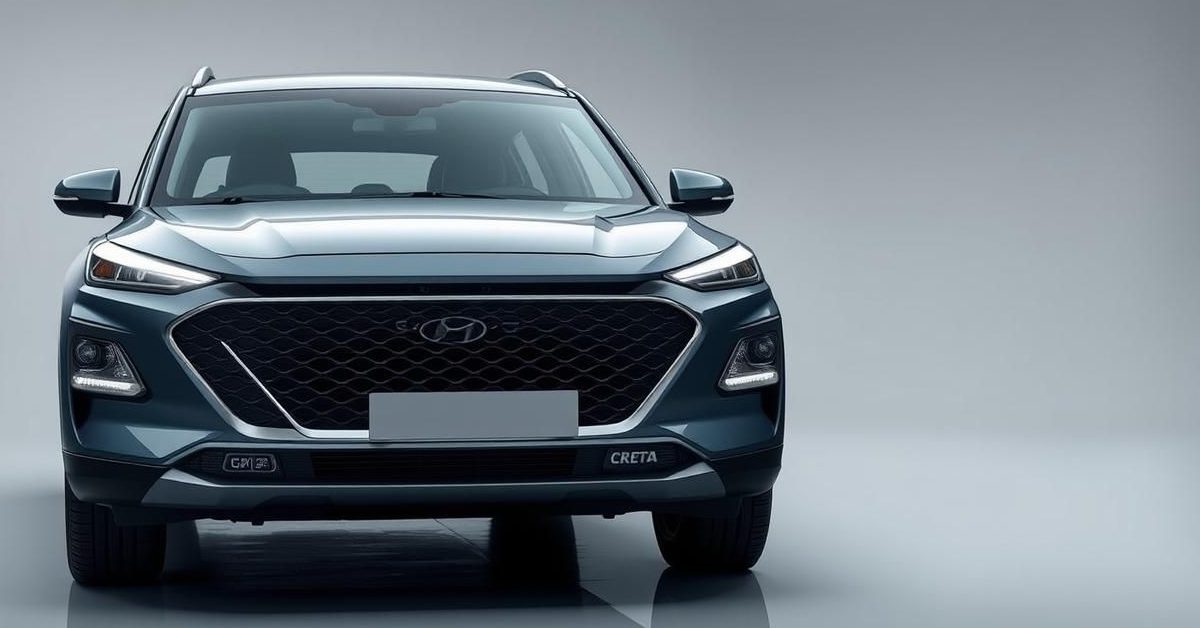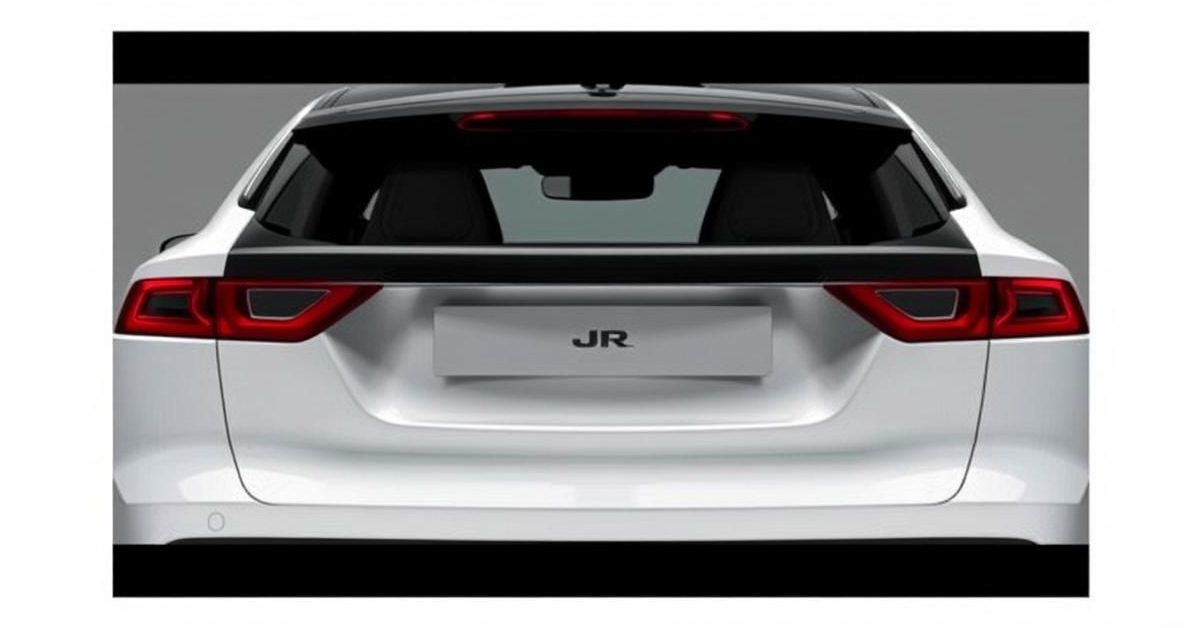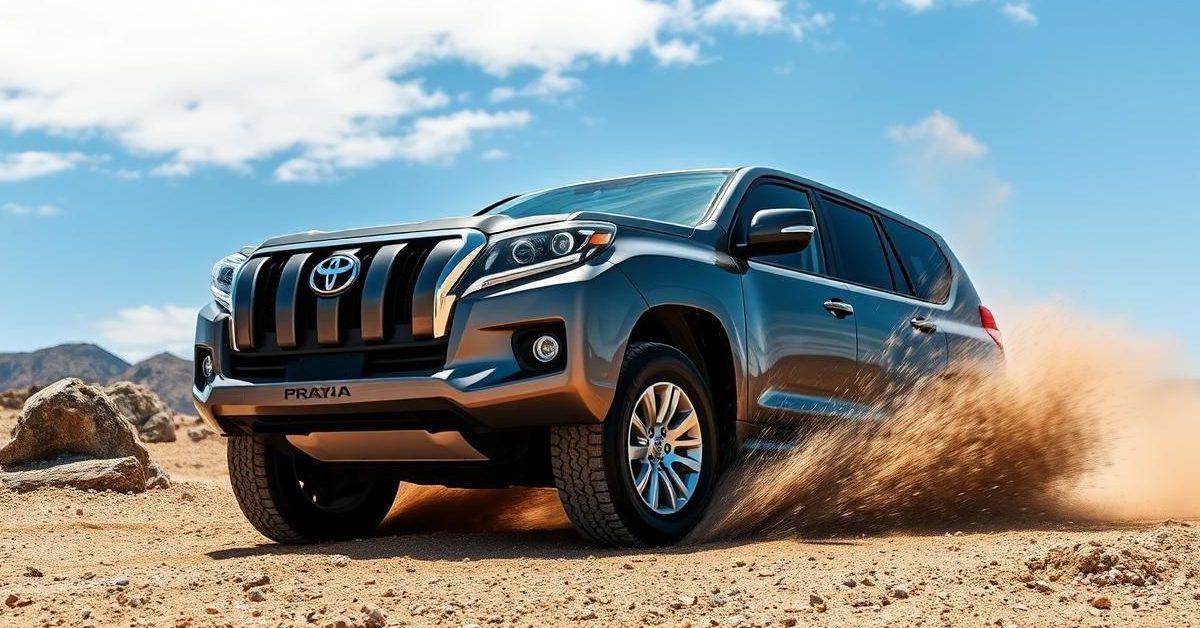
A New Era for Indian Two-Wheeler Safety Begins in 2026
A significant shift is on the horizon for millions of two-wheeler riders across India. Starting January 2026, the nation’s roads are set to become considerably safer, thanks to a landmark directive from the Ministry of Road Transport and Highways (MoRTH). This pivotal decision mandates that all new two-wheelers sold in the country must be equipped with Anti-lock Braking Systems (ABS). Furthermore, in a move that underscores a holistic approach to rider protection, dealerships will be required to provide two Bureau of Indian Standards (BIS)-certified helmets with every new vehicle sale.
This dual-pronged strategy represents a crucial turning point for road safety in India, directly addressing some of the most prevalent causes of accidents and fatalities involving motorcycles and scooters. For years, the vulnerability of two-wheeler users has been a pressing concern, and these new regulations aim to mitigate those risks effectively, ushering in an age of enhanced protection and peace of mind for riders and their families.
Improving Rider Safety: The ABS Mandate Explained
The core of this new regulation revolves around the compulsory inclusion of Anti-lock Braking Systems. While ABS has been a standard feature on higher-capacity bikes for some time, this mandate extends its reach to virtually every new two-wheeler, regardless of its engine displacement. This means even entry-level 100cc and 125cc models, which constitute a massive segment of the Indian market, will now feature this critical safety technology.
For the uninitiated, ABS is a sophisticated safety system designed to prevent wheels from locking up during sudden or hard braking. By modulating brake pressure rapidly, it allows the rider to maintain steering control, even in slippery conditions or emergency situations. This crucial capability significantly reduces the risk of skidding, a common cause of serious two-wheeler accidents, especially on diverse Indian road surfaces. Its introduction is poised to dramatically cut down on the incidence of brake-related mishaps.
Double the Protection: The BIS-Certified Helmet Requirement
Complementing the ABS mandate is the equally vital requirement for dealerships to supply two BIS-certified helmets – one for the rider and one for the pillion passenger – with every new two-wheeler. This isn’t just about compliance; it’s about life. Helmets, when worn correctly and consistently, are proven to significantly reduce the severity of head injuries in the event of a crash.
The emphasis on BIS certification is paramount. This certification ensures that the helmets meet rigorous Indian safety standards for impact absorption and structural integrity, offering genuine protection rather than just a cosmetic covering. This thoughtful inclusion acknowledges that safety is a shared responsibility, extending protection not just to the rider but also to the frequently accompanying pillion, a common demographic on Indian roads.
Navigating the Road Ahead: Industry Impact and Consumer Costs
While the safety benefits are undeniable, the automotive industry is carefully evaluating the implications. Major two-wheeler manufacturers such as Hero MotoCorp, Honda Motorcycle & Scooter India (HMSI), TVS Motor Company, Bajaj Auto, and Suzuki Motorcycle India, among others, will need to update their extensive product lineups to comply. This affects a vast array of popular models, particularly those under the 125cc mark, which currently may not feature ABS.
Industry insiders anticipate a modest increase in the ex-showroom prices of these two-wheelers. Specifically, for models that will require the addition of a front disc brake along with single-channel ABS, consumers might see a price hike in the range of approximately Rs 6,000 to Rs 10,000. This adjustment is particularly relevant for the highly price-sensitive 100cc motorcycle segment, where models typically start from around the Rs 60,000 ballpark. While any price increase can be a concern for budget-conscious buyers, government officials and road safety advocates emphasize that the investment pales in comparison to the potential cost of lives lost and lifelong injuries.
A Broader Vision for Safer Indian Roads
This sweeping regulatory change reflects MoRTH’s unwavering commitment to reducing the alarming rate of road accidents and fatalities in India. According to various reports, including those by the National Crime Records Bureau (NCRB) and MoRTH’s own annual accident data, two-wheeler occupants consistently account for a significant portion of road accident victims. These new rules are a direct response to these grim statistics, seeking to build a culture of proactive safety.
The January 2026 deadline provides manufacturers sufficient time to integrate the necessary technologies and adapt their production lines. As the Ministry prepares to release detailed guidelines and timelines for implementation, the collective hope is that these measures will lead to a substantial decrease in road tragedies, fostering safer commutes and preserving countless lives across the nation. This is not just a regulatory update; it’s a pledge towards a future where every journey on two wheels is inherently safer.
